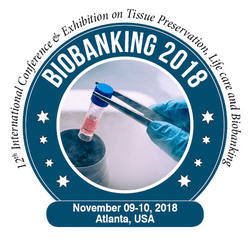
Naresh Kumar Rajendran
University of Johannesburg, South Africa
Title: Photobiomodulation at 660nm attenuates oxidative stress by inhibiting FOXO1 activation in diabetic wounded ï¬ broblast cells
Biography
Biography: Naresh Kumar Rajendran
Abstract
Delayed wound healing is considered one of the most common and serious complications of diabetes mellitus. High glucose levels induce oxidative stress and it leads to the central pathogenesis of chronic complications associated with diabetes. Controlling the factors leading to oxidative stress outbursts may emerge as an effective step to treat diabetic chronic wounds. Photobiomodulation (PBM) is a technique based on the use of low-powered light to regulate various pathophysiological cellular effects, including inflammation and chronic wounds. However, the exact mechanism of action behind PMB remains unclear. The present study aimed to determine if PBM at 660nm attenuates oxidative stress by inhibiting the FOXO1 signaling pathway. Four experimental group’s namely normal, wounded, diabetic and diabetic wounded WS1 fibroblast cells were exposed to laser irradiation at a wavelength of 660nm and a fluence of 5J/cm2; non-irritated cells served as experimental controls. Migration of cells was determined by inverted microscopy at 0, 24 and 48h. Cells were harvested at 0, 12, 24 and 48h. Cell viability was determined by the trypan blue exclusion assay and adenosine triphosphate (ATP) luminescence assay. Indirect ELISA was used to determine the levels of HMOX1, SOD, and CAT in cultured cells. Western blotting and immunofluorescence were performed to analyze AKT and FOXO1. RT-PCR was used to determine gene expression of TGF-β, PDGF, and VEGF. Irradiation of cells resulted in a significant decrease in FOXO1 and increase in AKT protein. The treatment also upregulated the expression of TGF-β1, PDGF and VEGF genes. The level of antioxidants such as HMOX1, SOD, and CAT was also increased in irradiated groups. The present study confirmed that PBM at 660nm enhances wound healing through attenuation of oxidative stress by regulating the FOXO1 signaling pathway.

